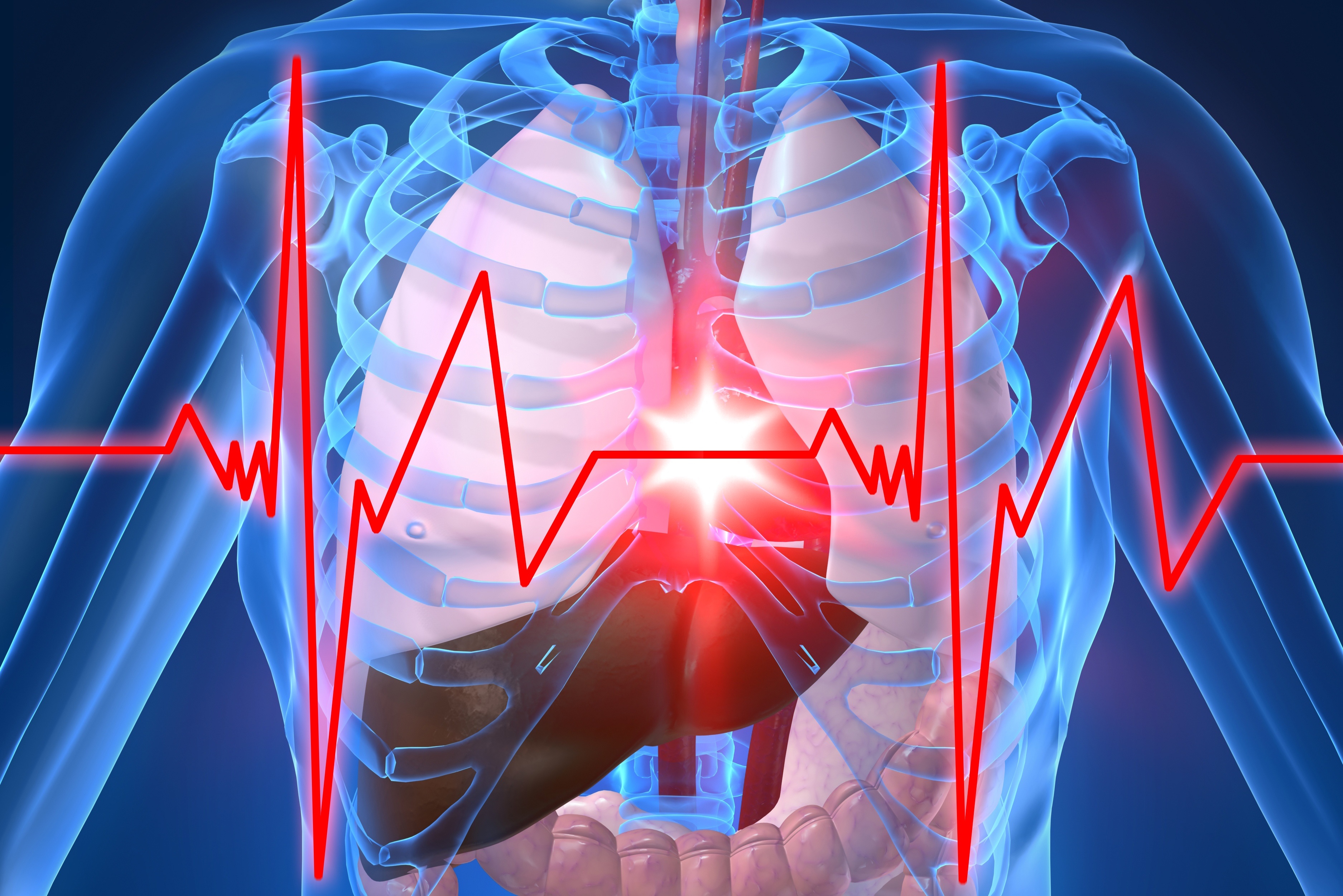Sudden cardiac arrest occurs when the heart suddenly stops beating, stopping the flow of blood to the brain and other organs. A heart attack occurs when the flow of blood to a section of heart muscle is blocked, cutting off the supply of oxygen. That muscle can begin to die if deprived of oxygen for long.
Long QT syndrome is an electrical problem in the heart. The name comes from an electrocardiogram reading that shows the time it takes for the heart to contract and recover.
A two-year study involving 750,000 student athletes at 2,149 high schools looked at the effectiveness of automated external defibrillators. Researchers found that of the 18 student athletes who received first aid with an AED and cardiopulmonary resuscitation after suffering cardiac arrest at school, 16 survived. Of nine adults who had cardiac arrest at the schools, eight survived after AED and CPR. (In settings where AED and CPR are less likely to be available, fewer than 6 percent of those who suffer cardiac arrest survive.)
Jonathan Drezner, a former president of the American Medical Society for Sports Medicine who co-chaired a National Athletic Trainers' Association task force on dealing with cardiac arrest, said, "In 2016, it is simply unacceptable if you are a school or sporting facility and you do not have an AED and emergency plan that goes with it."
A 2012 meeting in Seattle produced guidelines to help doctors interpret electrocardiograms in young athletes. (One argument against universal screenings that include EKGs is that they can produce false positives, indicating a potential problem when none actually exists.) Drezner, one of the leaders of the meeting, said the Seattle criteria have helped lower the false-positive rate.








